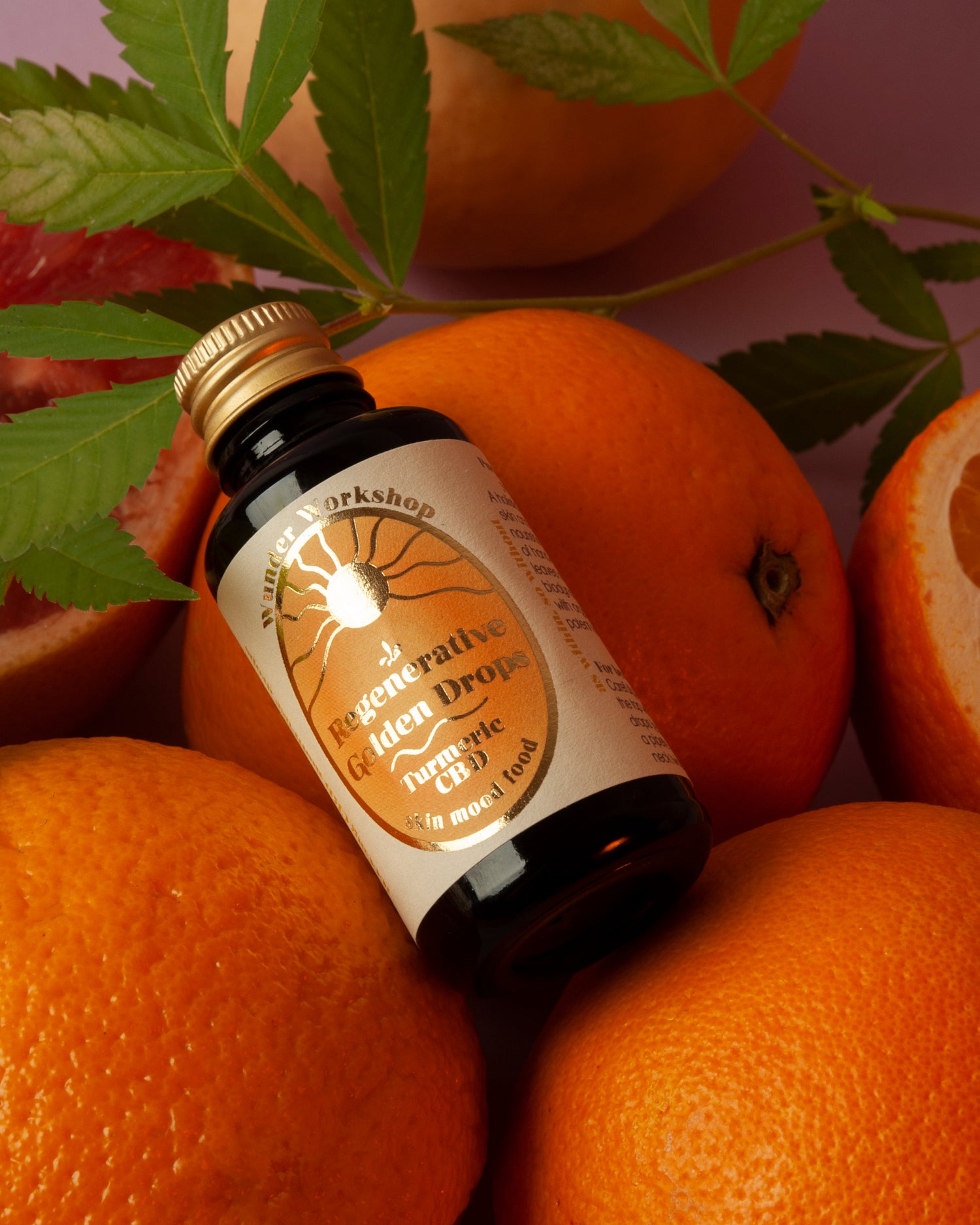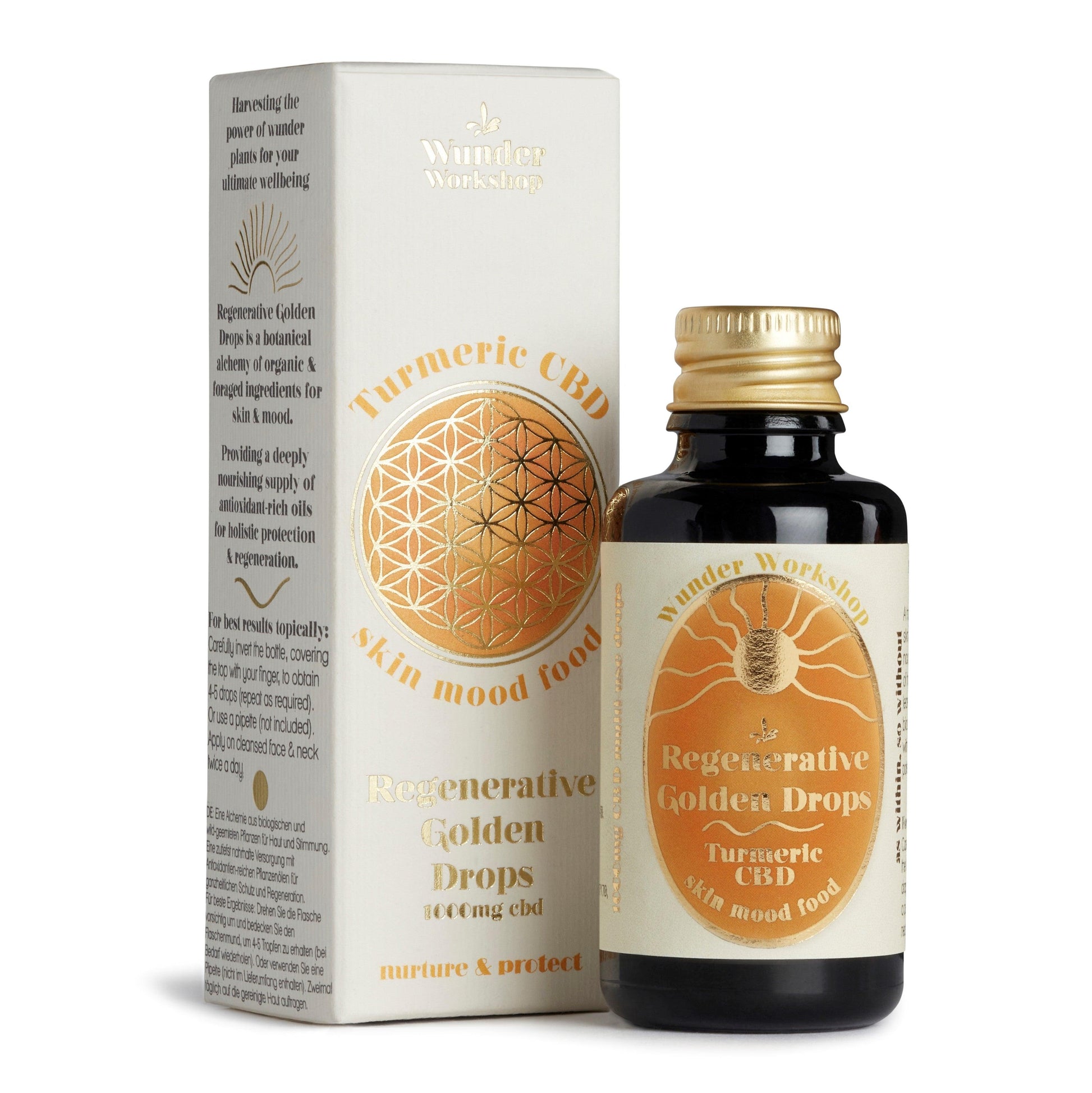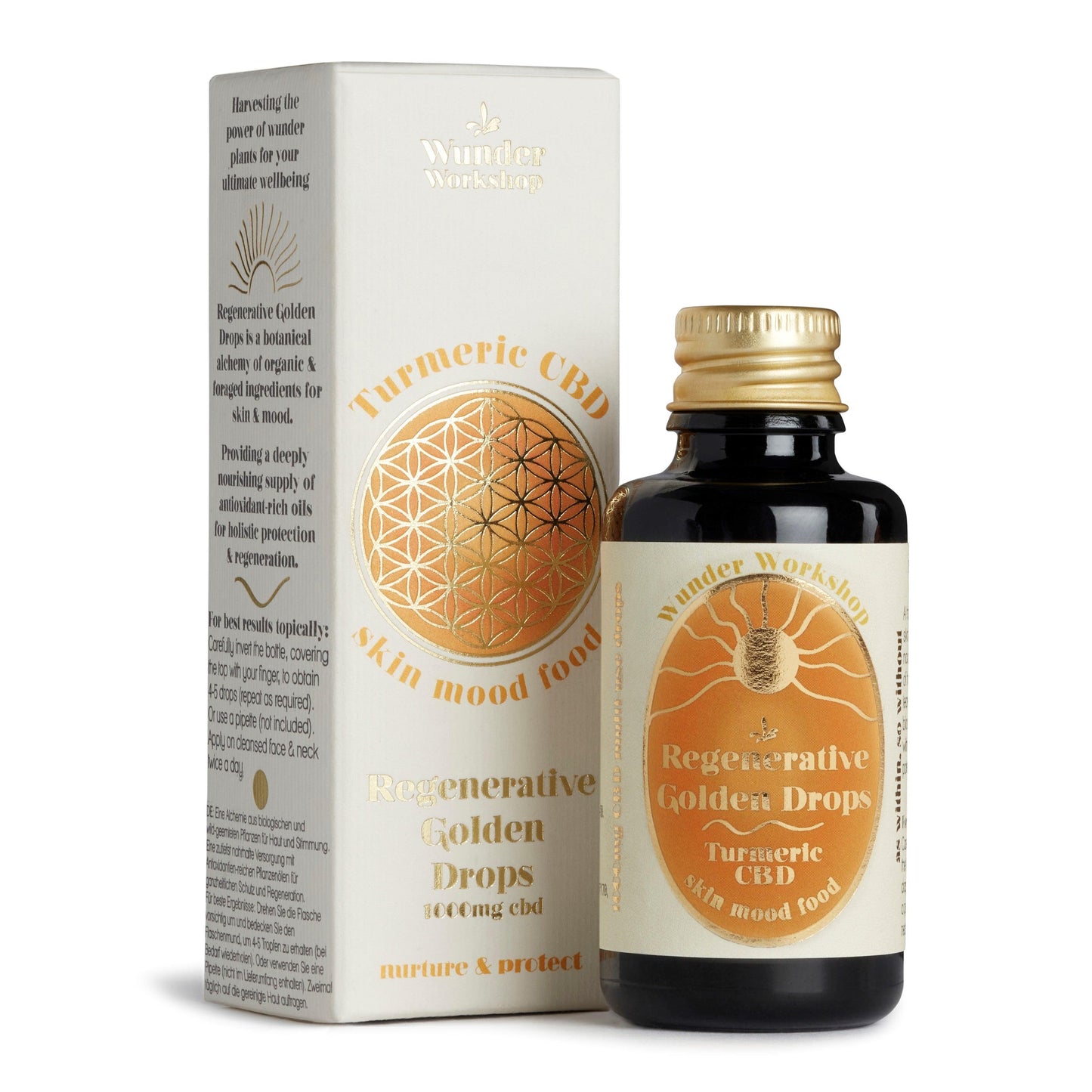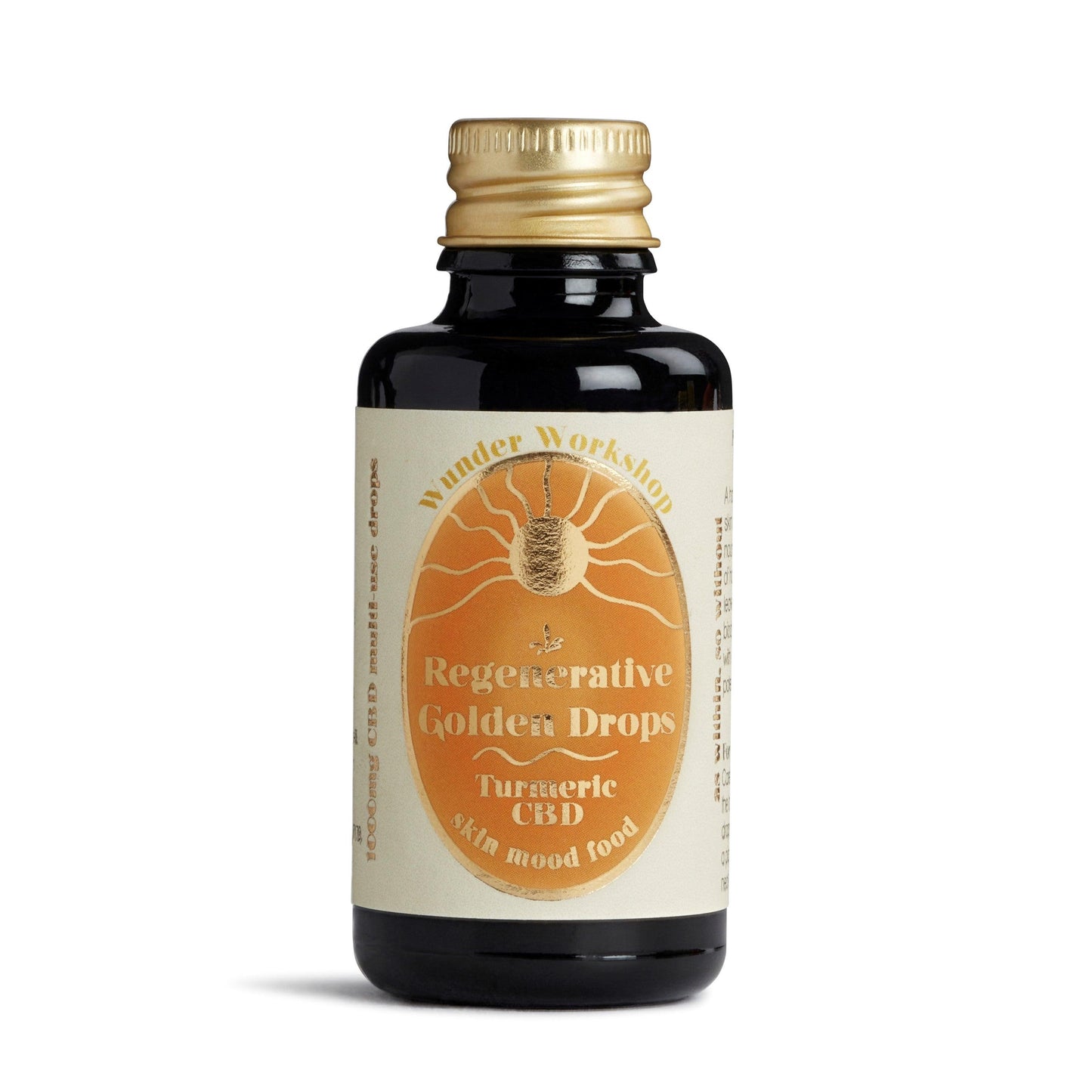Wunder co-founder Tom Smale, with a background in pharmacology, explores CBD in our first part of ‘CBD Deep Dive’.

Cannabidiol aka CBD is all the rage right now and no doubt you would have seen newspapers, magazines and bloggers touting its benefits. At Wunder Workshop we strive to create amazing products that are in line with our ethos Consumption with Purpose, and so I wanted to take a close look at the science behind CBD and why we chose to create our Turmeric CBD oils. Part one of this set of blog posts tackles exactly what CBD is.
To further understand the science behind CBD it’s important to understand what CBD is and where CBD comes from. CBD is an extracted compound found within the cannabis plant and is one of 113 cannabinoids identified at the time of writing. This extract interacts with one of the most complex receptor pathways in our body, known as the endocannabinoid system (ECS) and modulates it in many ways, of which details will be covered in more detail later.
So, where does our CBD come from? Cannabis is the genus of a group of plant species that have been grown widely across the world and their strains/species (as commonplace in agricultural crops) have diversified to the specific needs of customers. You will have heard of hemp, weed, marijuana –but what is the difference? Essentially, they are all the same plant, but their characteristics and uses vary. What’s important to understand is how these are classified:

Scientifically, the plant is characterised as shown in the table above, where Cannabinacae is the family for all plants with similar genetic disposition, Cannabis is the Genus within that family and sativa, indica and ruderalis are species within the cannabis genus. The 3 species are distinguished between their appearance, despite much of their genetic DNA being the same.
This is where it gets confusing, as colloquial names have blurred these divisions and categorised the plant according to its function, and this relates to the content of THC – the intoxicating component of cannabis. Species that are smoked typically have concentrations of THC above 0.3% i.e. weed and marijuana, whereas strains of cannabis for industrial use (and producing CBD products) contain less than 0.3% THC, i.e. hemp.
CBD can be derived from both hemp and marijuana. However, cultivation of high THC (<0.3%) cannabis is not legal in the UK.
At Wunder we source organically grown hemp from the Czech Republic from Cannabis sativa plants. This is then dual extracted in the UK to produce a pharmaceutical grade CBD that can be trusted for its consistency and legality.








